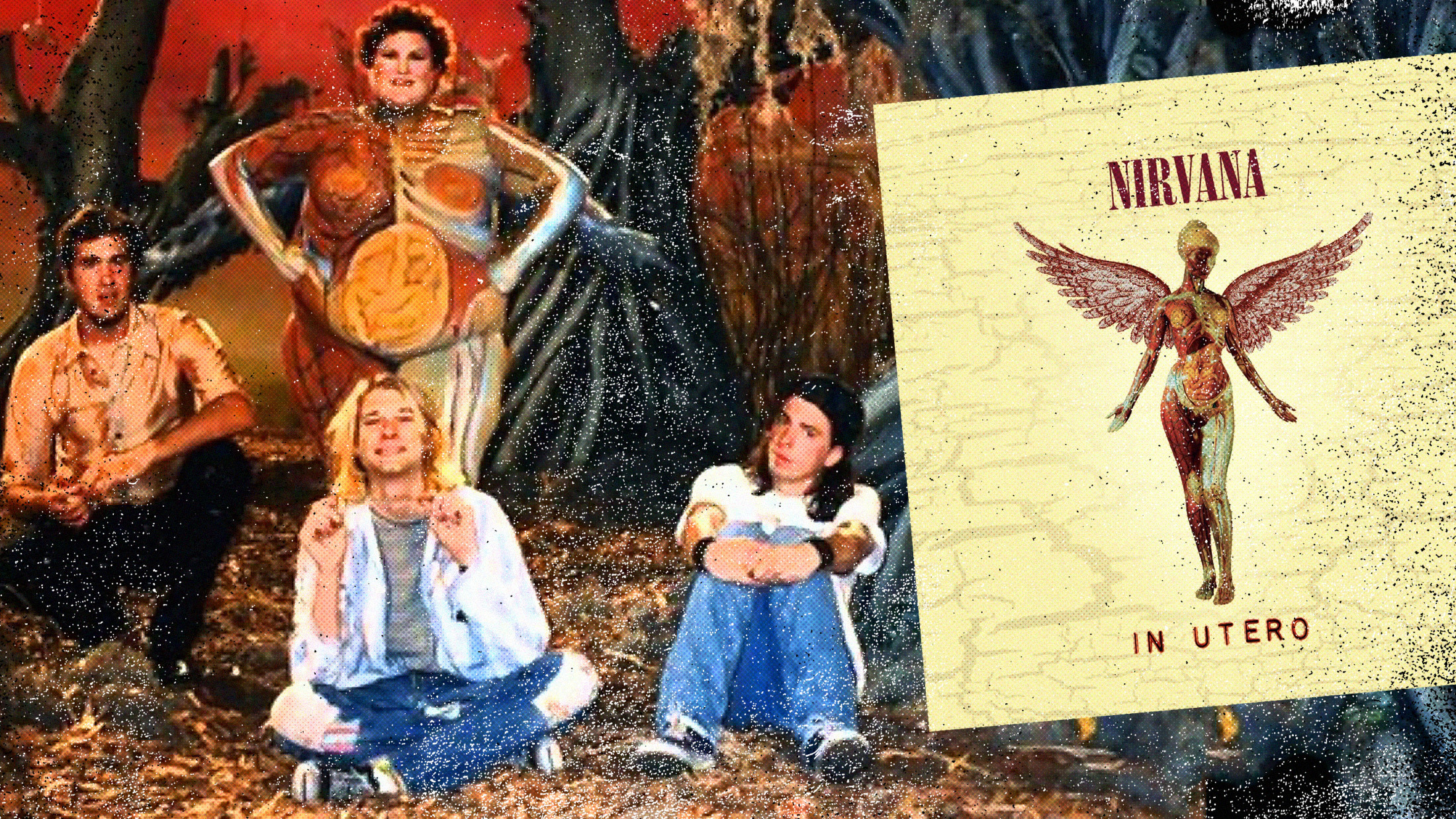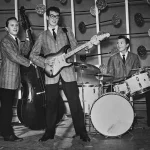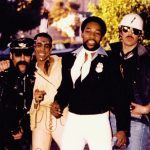“Heart-Shaped Box” by Nirvana: A Haunting Portrait of Love, Sickness, and Symbolism
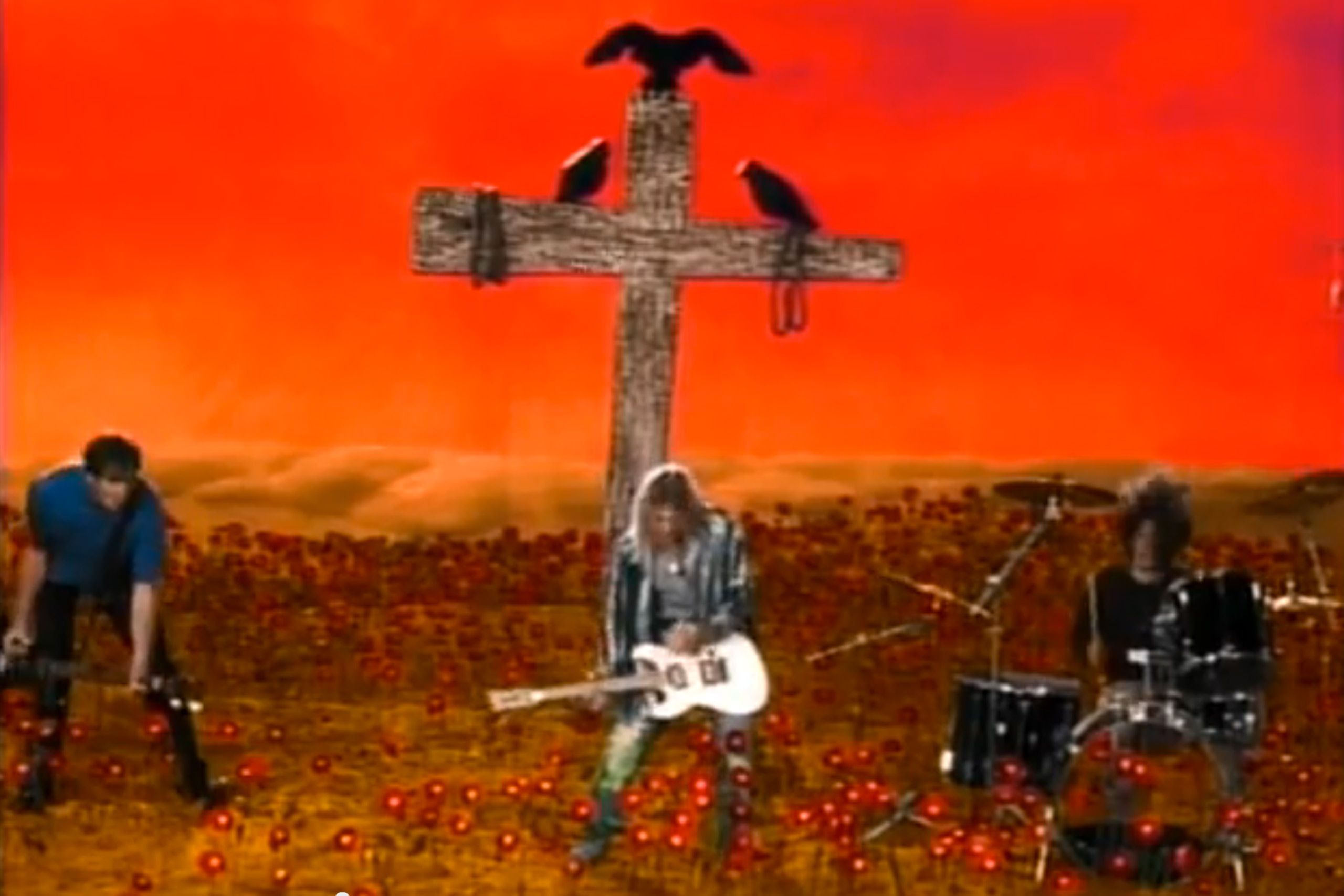
Nirvana’s “Heart-Shaped Box” stands as one of their most powerful and enduring tracks, a song steeped in deeply personal and unsettling themes. Released in 1993 as the lead single from their final studio album, In Utero, it quickly became a cornerstone of their legacy, showcasing Kurt Cobain’s unparalleled ability to weave raw emotion with cryptic lyricism.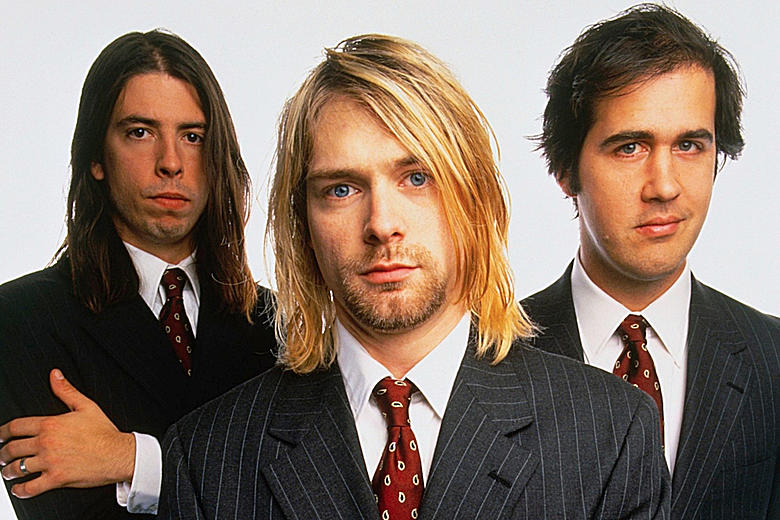
Lyrically, “Heart-Shaped Box” is widely interpreted as a visceral exploration of Kurt Cobain’s tumultuous relationship with Courtney Love, fraught with intense passion and profound struggles. The lyrics are rife with metaphors that hint at dependency, possessiveness, and a sense of being trapped. Beyond his personal life, Cobain’s profound fascination with documentaries about children battling cancer is also believed to have significantly influenced the song’s unsettling imagery and sense of inescapable decay, adding another layer of deeply melancholic meaning. Phrases like “I’ve been locked inside your heart-shaped box for weeks” evoke a claustrophobic intimacy, while “meat-eating orchids forgive no one just yet” suggests a dangerous, consuming love.
The accompanying music video, directed by the visionary Anton Corbijn, is arguably as impactful, if not more so, than the song itself. It is renowned for its surreal and highly symbolic imagery, a disturbing tableau that perfectly complements the track’s unsettling themes. The video is a visual feast of often unsettling visuals, intentionally designed to provoke thought and unease. Viewers can spot clear references to anatomy, particularly in the form of organs and body parts, reinforcing themes of illness and decay. Religious iconography is pervasive, with striking and disturbing scenes that include a man on a cross, evoking crucifixion and suffering. Furthermore, there are subtle, yet powerful, visual allusions that can be interpreted as representations of Cobain’s struggles with addiction, adding another layer of tragic realism.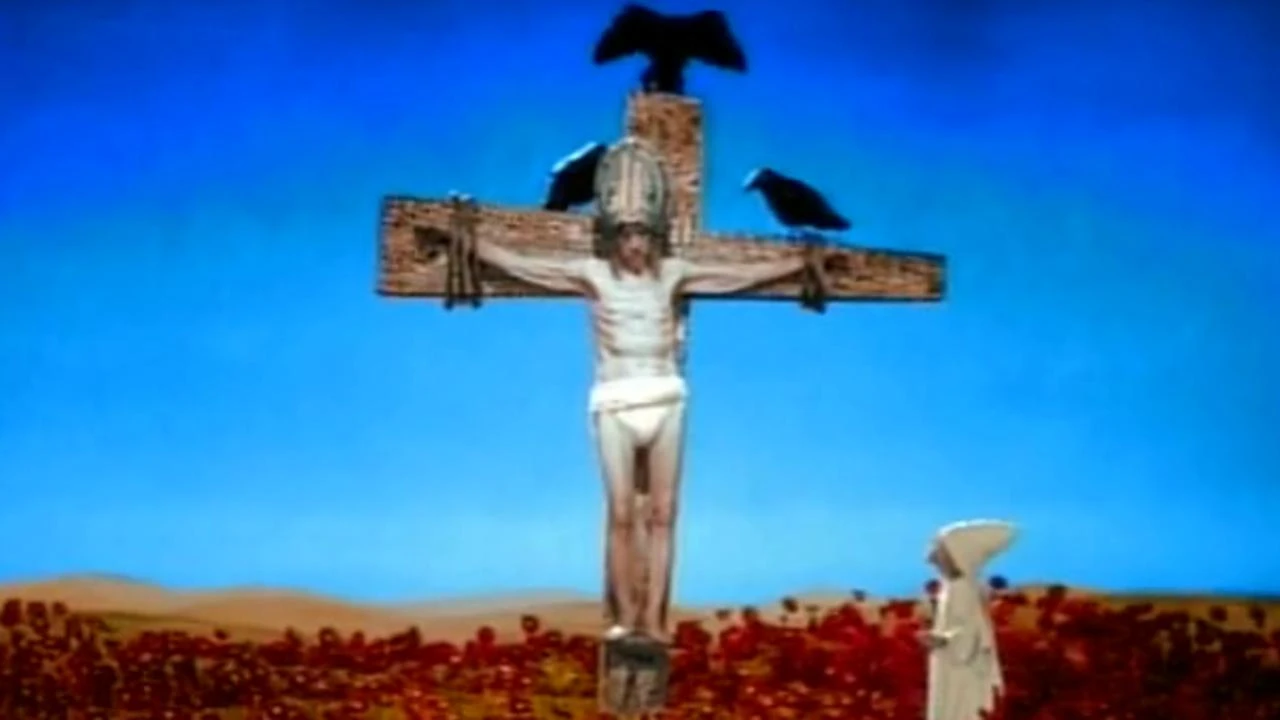
Perhaps the most haunting and controversial visuals include a little girl dressed in unsettling, Ku Klux Klan-like garb, and a woman with wings, suggesting both angelic and demonic archetypes. These elements, combined with the washed-out color palette and dreamlike quality, create a truly haunting and unforgettable music video that has been analyzed and discussed for decades. “Heart-Shaped Box” remains a testament to Nirvana’s artistic bravery and their enduring impact on music and visual culture, a powerful and uncomfortable masterpiece that continues to resonate with its raw honesty and evocative symbolism.